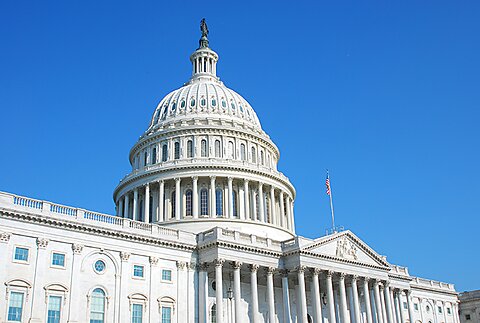Libertarian thinkers have long proposed that courts should do more to protect the right to earn a living, more precisely articulated as the right to pursue the occupation of one’s choice as against government‐granted monopolies and arbitrary curbs on entry to a chosen trade. Timothy Sandefur has noted that this right “was protected under English common law as far back as the Elizabethan era,” and was seen by both proponents and opponents as part of the set of rights protected by the Fourteenth Amendment. As a fundamental right, Sandefur writes, the freedom to pursue an occupation “should receive the protections of review under the strict scrutiny standard, rather than the deferential rational basis test.” Yet as we know, the federal courts chose a different path.
You might be surprised to learn that North Carolina, unique among the states, includes in its constitution a clause that covers much of this ground. Adopted in 1868 after the Civil War, the document proclaims in Article I, Section 1 (boldface added):
We hold it to be self‐evident that all persons are created equal; that they are endowed by their Creator with certain inalienable rights; that among these are life, liberty, the enjoyment of the fruits of their own labor, and the pursuit of happiness.
In the Twentieth Century, amid hesitations and false starts, the Tarheel State’s courts began to treat this language as a serious source of enforceable rights. Cases as far back as the 1940s applied the clause to strike down arbitrary licensing restrictions on photographers and dry cleaners. In later cases from Wilmington and Durham, they held that the clause could protect government employees who lose their jobs if the cities that employ them had not followed proper legal rules. (I won’t try to address here whether “on the public payroll” should be an implied dimension of the stated right.)
Last month, the state’s intermediate appellate court, the North Carolina Court of Appeals, ruled that bar owners could use the clause (as well as the state’s equal protection clause) to challenge as arbitrary a 2020 order by Governor Roy Cooper closing some but not other bars on grounds of risk of Covid contagion. A 2022 decision from the same court applied similar reasoning in a case brought by a racetrack that had held events with social distancing and other precautions deemed safe by its local health authority.
As Clay Shupak relates in a wide‐ranging piece at the Wake Forest Law Journal, the clause is also the subject of a pending challenge by a New Bern ophthalmologist to the state’s “certificate of need” law as applied. Such laws require those who seek to build or offer a new facility or service, in this case a specialized operating room in a small community, to prove against objections that there is (as somehow defined) an economic need for it. Carolina Journal covers remarks about the clause by North Carolina Supreme Court Justice Phil Berger, Jr. here and here.
Given North Carolina’s real‐world experience with the clause, which some might see as inspiring and hardly anyone seems to regard as disastrous, it wouldn’t surprise me if there developed moves to add similar language by amendment to other states’ constitutions.









